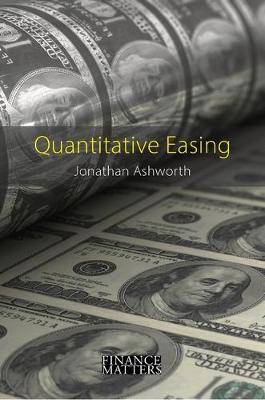Quantitative easing
the Great Central Bank Experiment
- ISBN: 9781788212229
- Editorial: Agenda Publishing
- Fecha de la edición: 2020
- Lugar de la edición: Newcastle upon Tyne. Reino Unido
- Colección: Finance Matters
- Encuadernación: Rústica
- Medidas: 21 cm
- Nº Pág.: 192
- Idiomas: Inglés

Before the Great Financial Crisis of 2008-09, significant reductions in official interest rates typically proved sufficient to generate sustainable economic recoveries from downturns. However, with economies and financial markets in freefall during the crisis despite a cut in interest rates to effectively zero, policymakers in some advanced economies launched a major new tool called quantitative easing (QE). This involved central banks purchasing huge amounts of financial assets.
This book offers a thorough and perspicacious analysis of QE, which has become a recovery method of last resort. Whilst it was successful in averting another Great Depression and stimulating growth, it remains controversial and continues to promote widespread debate in economics, financial, and political-economy circles. This book is essential reading for anyone wishing to understand central banking in the national economy.
1. Monetary policymaking since the end of Bretton Woods
2. Key monetary policy trends and events before the Great Financial Crisis
3. The Great Financial Crisis and quantitative easing
4. How quantitative easing works
5. Measuring the effectiveness and impact of quantitative easing
6. International spillovers of quantitative easing
7. Criticisms and negative externalities of quantitative easing
8. Exiting quantitative easing and policies for the next slowdown






